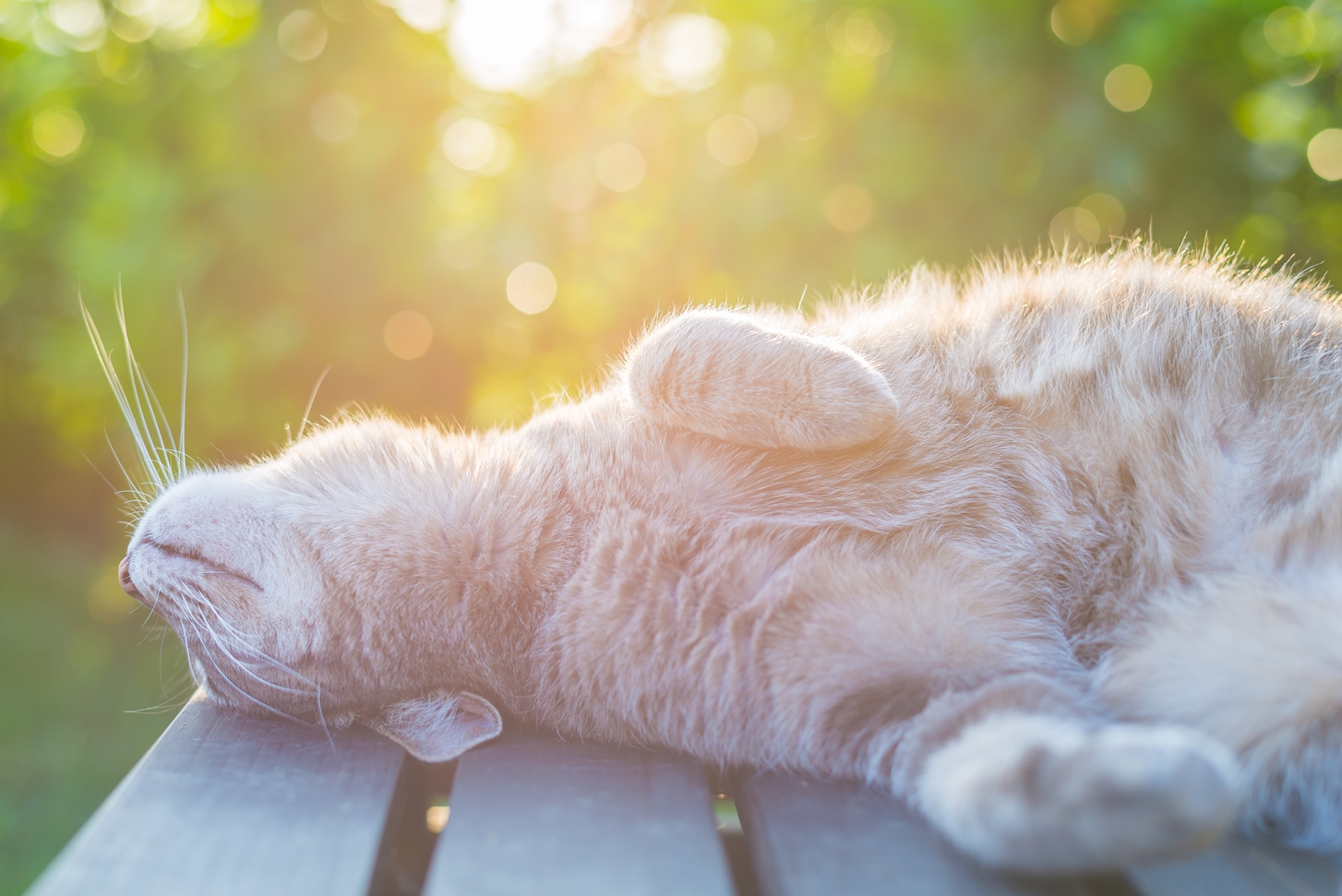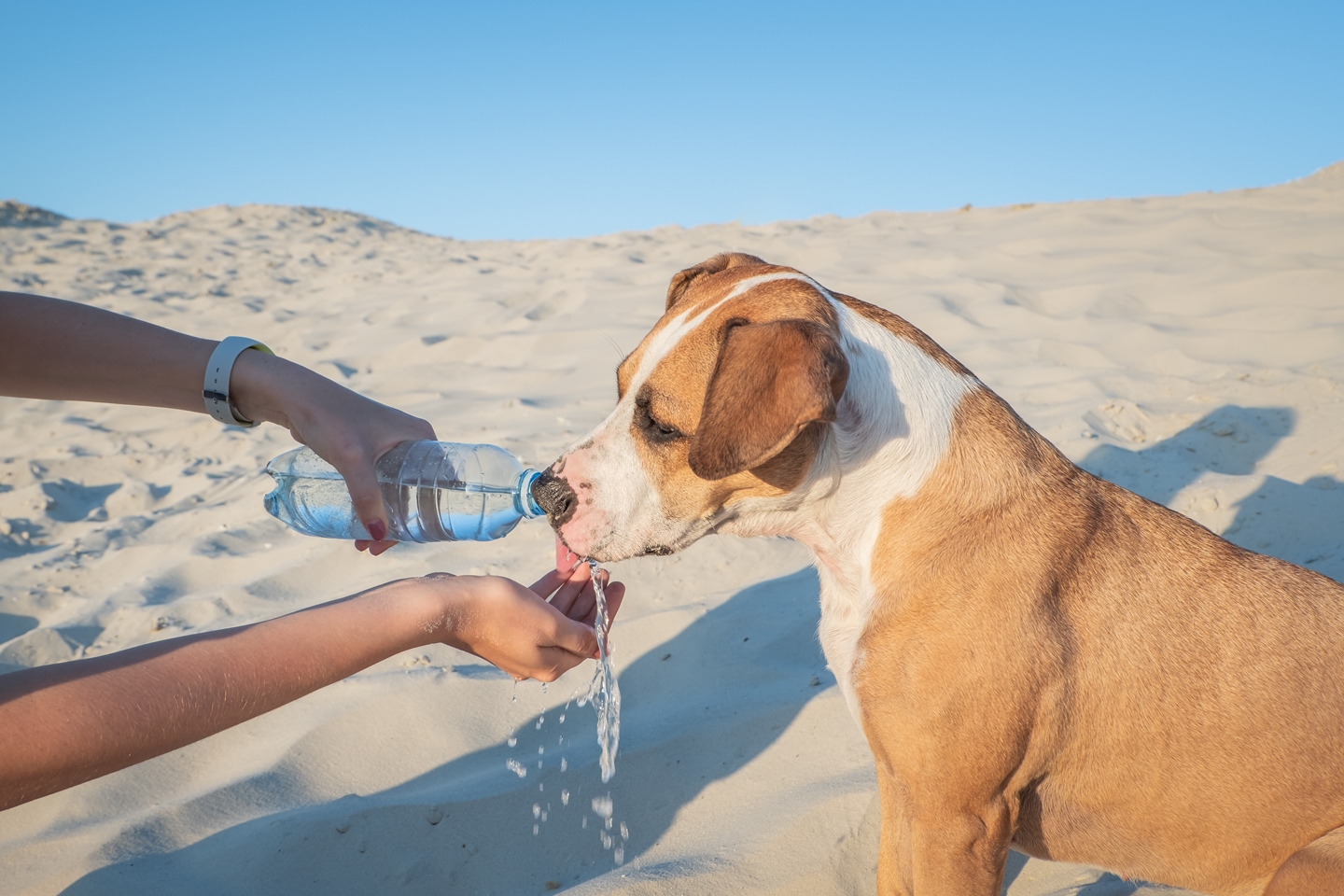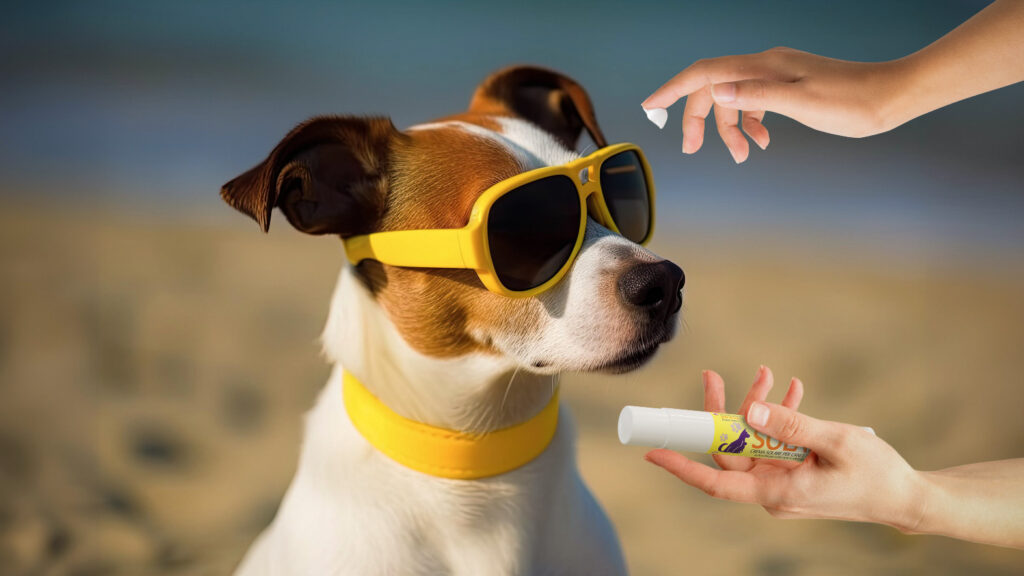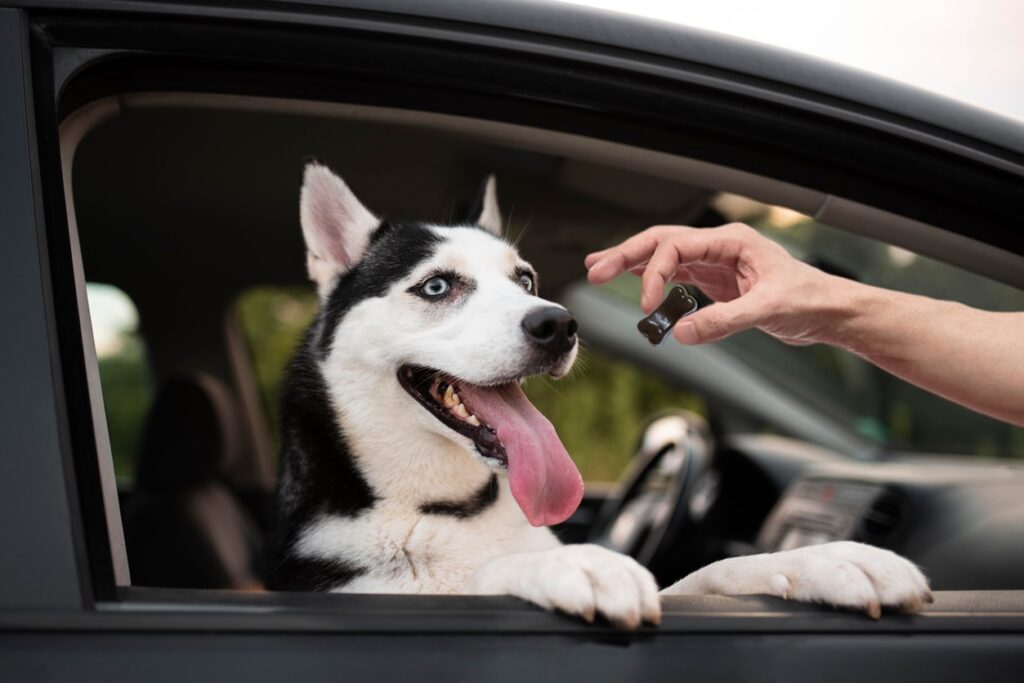Did you know that dogs and cats can also get skin cancer? Just like us, pets are sensitive to sun damage. And excessive exposure to UV rays puts them at risk of sunburn and cancer.
Most dogs and cats can rely on the protection of their fur. However, hairless breeds such as the Sphynx are defenceless and highly susceptible. Furthermore, even pets with fur can be vulnerable to the sun’s harmful rays in areas such as the ears, nose, lips, eyelids and belly, all the more so if their coat is light and thin.
So how do we protect dogs and cats from the sun? Let’s find out together.
The risks of the sun for dogs and cats
The sun’s rays can pose certain risks to dogs and cats:
- Like humans, pets can also suffer sunburn if exposed to the sun for long periods without protection. The most vulnerable areas of the body are those with little or no fur, such as the nose, ears, abdomen and the inside of the paws;
- Excessive exposure to sunlight can increase the risk of developing skin tumours in dogs and cats, especially those with fair skin or thin fur. The most common tumours are basal cell carcinoma and squamous cell carcinoma;
- Pets can suffer from sunstroke or heatstroke if they are left in the hot sun for long periods without fresh water and without the possibility of shelter in the shade (sunstroke is a serious condition requiring immediate veterinary treatment);
- Intense sunlight can damage the eyes of dogs and cats. Prolonged exposure can cause inflammation, irritation, conjunctivitis and even permanent damage to vision;
- Exposure to the sun can increase the risk of dehydration in pets: it is essential to provide them with fresh, accessible water at all times, especially on hot days.
How to protect light-haired dogs and cats from the sun

Many dogs and cats with white, thin or no fur can suffer severe sunburn due to the nature of their skin, risking serious consequences.
How to protect them? First, apply sunscreen to the nose, belly, groin, the tips of the ears and any area where the hair is thin or non-existent, as that is generally where most sun damage occurs.
If the animal has suffered severe burns, it may show symptoms such as visibly reddened and irritated skin, scabs, shortness of breath or excessive tiredness. In the worst cases, he may need intravenous fluid therapy to prevent or resolve dehydration (although it does nothing against burns).
Remember that very serious sunburns can be fatal: it is essential to seek immediate help from your vet, who will apply cold compresses to relieve the pain, limit the damage, and prescribe the most suitable medication. Medication is essential to fight bacteria and infection, so antibiotics are also likely to be prescribed in the case of a severe burn.
Another preventive measure is to limit the time your white-haired dog or cat spends in the sun. Ensure that they can enjoy themselves indoors and feel stimulated: they will have less desire to go out. Keep them busy with scratching posts and their favourite toys, and take them for a walk at dusk or early in the morning when the sun is not so hot.
How to choose sunscreen for dogs and cats

As mentioned, pets with fair skin and short or thin hair are particularly prone to sunburn, skin cancer and other skin diseases caused by the sun (solar dermatitis, actinic keratosis, actinic dermatitis). The same can happen to dogs whose hair is sheared during the summer but also to animals that have lost their hair due to allergies, surgery or treatment.
The best way to minimise UV exposure in pets is to avoid the sun between 10am and 3pm.
If this is not possible, or at other times, choose a sunscreen specially formulated for animals. Although some sunscreens for children may be safe for pets, avoid sunscreens for humans with warnings about ingestion: they may contain harmful ingredients if licked.
Regardless of the product you choose, remember to apply it generously and frequently.
SOLAR is the first and only sun cream specifically formulated for dogs and cats with SPF 50, which moisturises their hair while protecting them from the sun’s rays. It does not remain oily or sticky, without preservatives or parabens and is particularly suitable for ears, nose, foot pads and areas with little (or no) hair.
In addition, there are protective garments capable of shielding UV rays, which are particularly useful for protecting dogs that like to sunbathe.
What to do in case of sunstroke in dogs and cats
In the event of heat stroke or sunstroke in dogs and cats, it is important to act promptly to avoid serious consequences:
- move the animal to a cool, shady area;
- make him drink a lot;
- Wet him with cool water, especially on his head, neck, chest and groin area, or wrap him in towels soaked in cold water;
- switch on the air conditioning or fan;
- contact your vet immediately.
It is important to note that heat stroke is a serious emergency that can lead to the animal’s death within a few hours. Therefore, it is essential to take preventive measures to avoid it, especially during hot weather. Some tips to prevent heat stroke in dogs and cats include avoiding exercising during the hottest hours of the day, providing plenty of cool water, and never leaving them in a parked car.

Mugue Marketing Manager.
I love new ideas and continually looking for new communication strategies to never stop learning, after all, “If you’re a good marketing person, you have to be a little crazy.” (Jim Metcalf).




